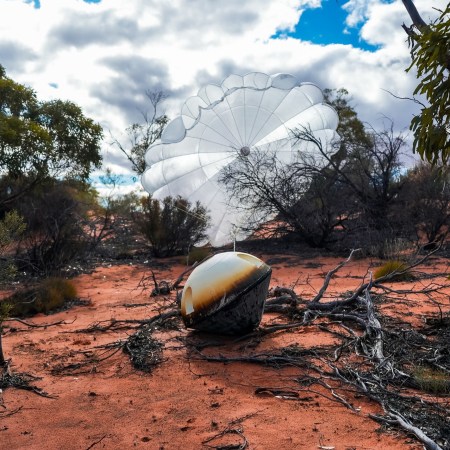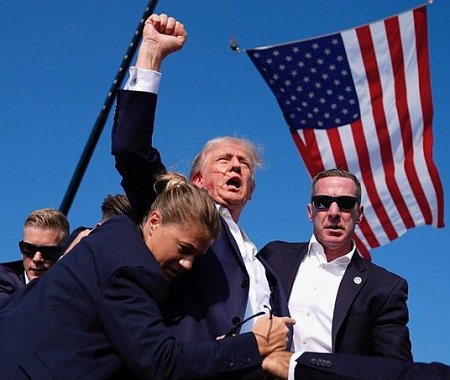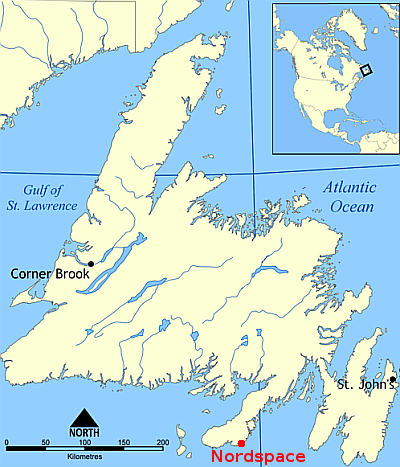SpaceX launches geosynchronous satellite for unnamed customer
SpaceX tonight successfully launched a geosynchronous satellite for unnamed customer, its Falcon 9 rocket lifting off from Cape Canaveral in Florida.
The first stage completed its thirteenth flight, landing on a drone ship in the Atlantic. The fairings completed their fourteenth and eighteenth flights respectively. No information about the satellite was released, including ending the live stream right after the first stage landed while providing no information about the satellite’s orbit after stage separation.
The leaders in the 2025 launch race:
86 SpaceX
36 China
10 Rocket Lab
8 Russia
SpaceX now leads the rest of the world in successful launches, 86 to 63.
SpaceX tonight successfully launched a geosynchronous satellite for unnamed customer, its Falcon 9 rocket lifting off from Cape Canaveral in Florida.
The first stage completed its thirteenth flight, landing on a drone ship in the Atlantic. The fairings completed their fourteenth and eighteenth flights respectively. No information about the satellite was released, including ending the live stream right after the first stage landed while providing no information about the satellite’s orbit after stage separation.
The leaders in the 2025 launch race:
86 SpaceX
36 China
10 Rocket Lab
8 Russia
SpaceX now leads the rest of the world in successful launches, 86 to 63.










